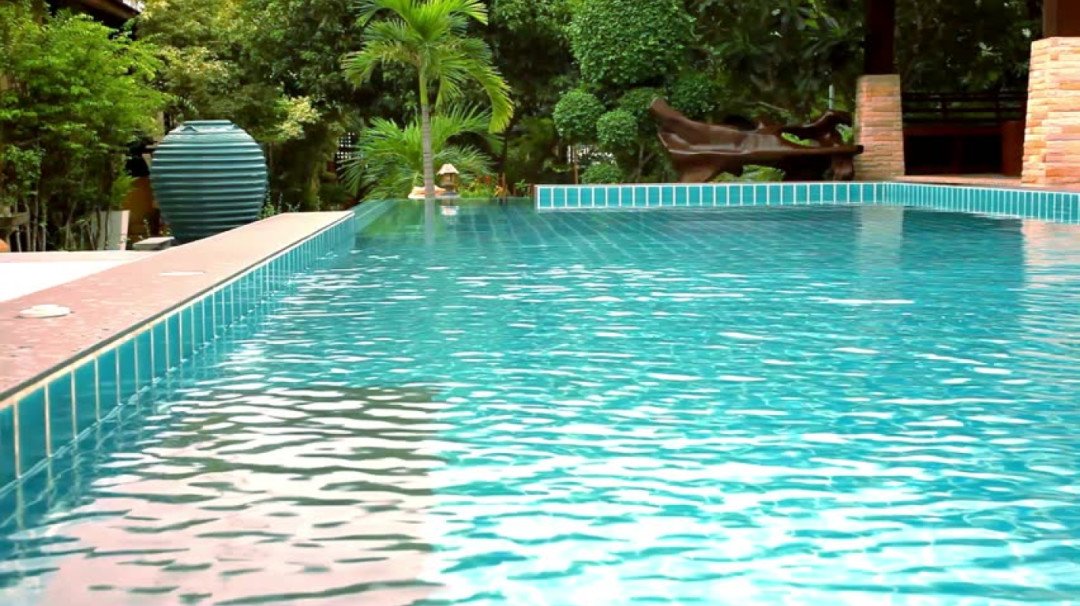
Recommendations on How to Clean Green Pool Water
From time to time, pool owners may have trouble with a swampy green pool. It will often be green or even black in color, and it can take a lot of effort, time, and money to get back to your swimming spot. It’s best never to let the pool get to this point, but if…
